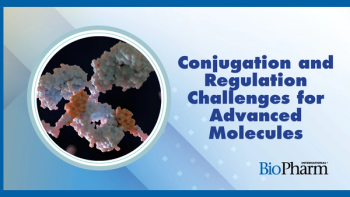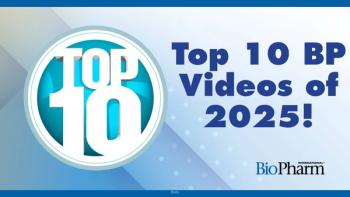
GE Healthcare Sells Rights for Inactivated Yellow Fever Vaccine to PnuVax
The vaccine alternative, manufactured with a GE FlexFactory system, could be associated with fewer adverse reactions than the live vaccine option
GE Healthcare Life Sciences and biopharmaceutical company PnuVax have teamed up for a unique partnership, wherein PnuVax can acquire GE’s intellectual property for a Phase I, inactivated vaccine for the treatment of yellow fever, which is a mosquito-borne, viral hemorrhagic fever common in Africa and South America. Under terms of the agreement, PnuVax will purchase a modular FlexFactory from GE to manufacture the product, and GE will assist with production optimization.
The inactivated version of the vaccine is thought to be safer than the attenuated live version of the vaccine (known as 17D), which can sometimes be problematic for those who are allergic to egg proteins or gelatin, infants, pregnant women, the elderly, and people with immune deficiencies. The new vaccine would contain a viral element that would be incapable of replicating, reducing the risk of the development of viscerotropic disease, a rare but serious reaction to the yellow fever vaccine that mimics wild-type yellow fever.
The vaccine candidate (XRX 001) was originally developed by Xcellerex, Inc. GE acquired the intellectual property for the investigational product through its acquisition of Xcellerex in 2012. In
Vaccine supply and demand problems still persist
The combination of a local, modular manufacturing system in combination with a vaccine for a regional public health problem is an ideal marriage for the treatment of a virus such as yellow fever, said PnuVax officials in a
The author of a June 8, 2016 article in NEJM suggests that the reason there are still an estimated 180,000 cases of yellow fever a year-despite the fact that that an effective vaccine has been in existence since 1937-is because of an issue with vaccine supply and demand. There are currently only six manufacturers of 17D worldwide (Institut Pasteur, Bio-Manguinhos/Fiocruz, Chumakov Institute of Poliomyelitis and Viral Encephalitides, Sanofi Pasteur [France], Sanofi Pasteur [United States], and the Wuhan Institute of Biological Products), and only four of the six are prequalified by WHO to distribute vaccine product internationally. Additionally, wrote the article author, because there are no requirements for the maximum dose of product allowed in each vaccine, the potency of each vaccine varies among the different manufacturers.
The author of the NEJM report suggests the following solutions to increase yellow fever vaccine supply: increase the number of stockpiled doses, set an amount limit for the maximum dose of the vaccine (to produce a dose that is essentially optimized to induce protective immunity), engage in dose-sparing, experiment with intradermal drug delivery, conduct further genome studies of yellow fever strains, and finally, switch production of the vaccine from egg-based models to “a continuous cell line” in Vero cells. The PnuVax candidate is produced in Vero cells and adsorbed to an alum adjuvant. Like the PnuVax candidate, Sanofi’s Dengvaxia (CYD-TDV) and Imojev (ChimeriVax-JE) yellow fever vaccines are produced in Vero cells. Unlike the PnuVax candidate, both Dengvaxia and Imojev contain live attenuated versions of the virus.
Sources: GE Healthcare, the New England Journal of Medicine
Newsletter
Stay at the forefront of biopharmaceutical innovation—subscribe to BioPharm International for expert insights on drug development, manufacturing, compliance, and more.




